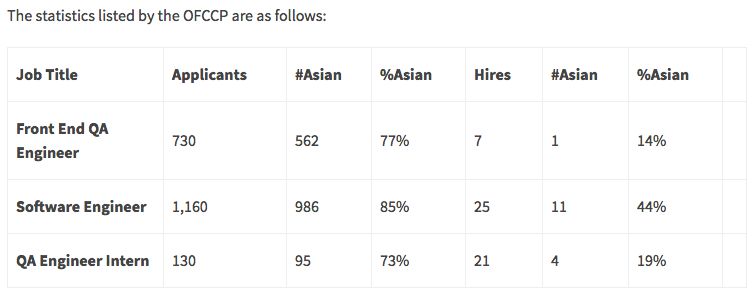Being a parent of three boys I’ve always been a fan of the theory behind “Scared Straight”! Your kids don’t listen to you, they’re getting in trouble, just send them down to the local prison and have them meet with some inmates! I mean what could go wrong?
In adult life, we don’t have many ‘scared straight’ opportunities. Maybe you painted the front door of your house the wrong color and the subdivision council sent you a strongly worded letter of compliance. Maybe your dog dug up your neighbor’s flowers and she left a handwritten note in your mail box looking for reimbursement, and to be taken off your holiday cookie list. Or, maybe it’s a cease and desist letter from a big HR Tech company’s lawyer telling you to stop saying ‘they suck’ on your blog.
For the most part, it’s hard to get scared straight as adults!
The OFCCP is probably the biggest scared straight organization for HR. Worse then employment attornies for sure! I get threatened to get sued by employees daily, that’s no longer a fear, but DO NOT tell me the OFCCP is on the phone!
It used to be the OFCCP only followed up on complaints and such. You have an extremely low chance of a ‘random’ OFCCP audit. That’s all been changing because of big data. Turns out, someone at OFCCP shows them how to run a basic statistical analysis of the data you send them on your applicants and who you hired.
Check out this chart from ERE and Nicole Greenberg, Esq. (go read the article Nicole does a fantastic job and is the first person in history to make an OFCCP article that is interesting!)
So, this data is from a company that had to pay $1.7 Million because they discriminated in not hiring Asian candidates. No one complained that they were discriminated against. OFCCP just looked at the data and said, “Hey, if 77% of applicants are Asian and you only hire 14% of those, you’re being discriminatory in your hiring practices!”
This should scare you straight, like immediately! Especially if you work in a company that has government contracts!
Of course, how the OFCCP is doing this is fraught with bad data interpretation. Just because 77% of my applicant pool is Asian doesn’t mean I’m being discriminatory in hiring. What if, for 77% of those Asian applicants who applied for Front End QA Engineer actually had a degree in accounting and no IT background!?
Doesn’t matter, you are now in an audit that is going to uncover some stuff! Most likely with numbers that far apart, you’re going to have a hard time arguing you’re not at least a little discriminatory in your hiring!
Nicole smartly points out that the government’s own contracting language forces many companies to be discriminatory in hiring in some aspects. Most government contracts require those working on the contract to be U.S. citizens. So, you could have the numbers above in the chart, being following the requirements on the contract and not hiring foreign nationals, and the OFCCP would still find you discriminatory in hiring! Welcome to the American Dream!
So, consider this a heads up. Go run your numbers. Find your hot spots in your organization and address them.

